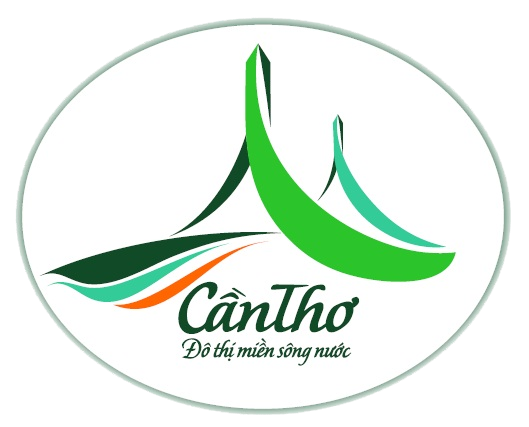Vietnam’s hidden gems reveal wonderful rich heritage
Vietnam’s popularity as a travel destination has been increasing in the past decade to the point that many Australians will be familiar with its key tourist sites.
But beyond touristy cities such as Hanoi, Ho Chi Minh City and Hoi An, Vietnam has many wonderful but comparatively overlooked places.
Here are my four hidden Vietnam gems.
Sapa
Perched amid lush mountains and populated by several colourful and fascinating hill tribes, Sapa is my favourite place in all of Vietnam.
Because it is so close to the border with China, this isolated area 300km north-east of Hanoi feels unlike anywhere else I’ve been in Vietnam.
The streets are quiet, the food is influenced by southern Chinese cuisine, and many of the locals dress in the vibrant and elaborate garb of their particular tribe.
Sapa has long been a favourite holiday spot for Hanoi residents but has only recently emerged on the radar of foreign tourists.
Downtown Sapa can be a bit touristy with its souvenir shops and Western-style restaurants but a 10-minute walk in any direction will land you in authentic corners of this pretty Alpine town.
Ancient hill tribe villages are just that bit further away, scattered through the surrounding mountains. They make intriguing stops on hikes through the stunning countryside which surrounds Sapa.

Located high in the mountains near the Vietnamese border with China, the town of Sapa is spectacular.Picture: Ronan O'Connell
Can Tho
I must admit I’m biased towards this riverside city in Vietnam’s deep south as it was where I proposed to my wife.
But there’s much to recommend about the biggest city in the Mekong Delta. While it has a population of 1.5 million people it feels more like a town — due to the low-rise nature of its skyline and its lovely slow pace of life.
Life in Can Tho revolves around the mighty Mekong River. It is a source of recreation, with children swimming in its waters, couples on its scenic banks, and riverside bars and restaurants.
The Mekong is also the lifeblood of the city, with fishing a major industry, and local vendors using the waterway to transport goods and sell them at Can Tho’s floating market.
Hiring a boat to float up to this market is an experience not to be missed.

Can Tho’s floating market on the Mekong.Picture: Ronan O'Connell
Tam Coc
Spiked by hundreds of dramatic karst formations, Halong Bay east of Hanoi is one of Vietnam’s top tourist attractions. So much so it can be unattractively crowded at some times of year.
There are no such issues 100km south of Hanoi in Tam Coc, which is like an inland version of Halong Bay. Here you can hire a small traditional wooden row boat, operated by a local, to cruise down the Ngo Dong river and through three caves — Hang Ca, Hang Hai and Hang Ba.
The experience of floating in darkness under giant limestone mountains is magical. Just as beguiling is the scenery when you emerge from these caves, with mountains towering above on both sides, and farms stretching to the river’s edge.

Locals give boat tours through the striking landscape of Tam Coc.Picture: Ronan O'Connell
Duong Lam
Vietnam is growing at such a swift pace many of the charming old neighbourhoods in its big cities have been erased or altered to lose their original identity. Fortunately, on the outskirts of these big metropolises there are many villages which offer nourishment to tourists who wish to see life as it once was in Vietnam.
Few of these villages, though, have the same amount of history as Duong Lam, a 1200-year-old village 60km east of Hanoi.
It has cobbled streets, ancient mudbrick homes, a lovely market, historic religious structures and some of the friendliest people you’ll encounter in Vietnam.
Due to its heritage protection status, Duong Lam has not been changed to any significant extent. It is a perfect day trip away from the ceaseless energy of Hanoi.

The ancient town of Duong Lam dates back 1200 years and is filled with ancient buildings.Picture: Ronan O'Connell
https://thewest.com.au
OTHER NEWS
- Preserving and promoting the value of Southern folk cakes (23/03/2024)
- TOP 5 DESTINATIONS IN CAN THO CITY TRAVELER SHOULD VISIT (10/03/2024)
- The 11th Southern Folk Cake Festival 2024 (04/03/2024)
- The 6th ″Tourism Festival - Ninh Kieu Lantern Night, Can Tho″ in 2023 (05/12/2023)
- Around 9,000 people participate in the Can Tho Heritage International Marathon 2023 (05/12/2023)



